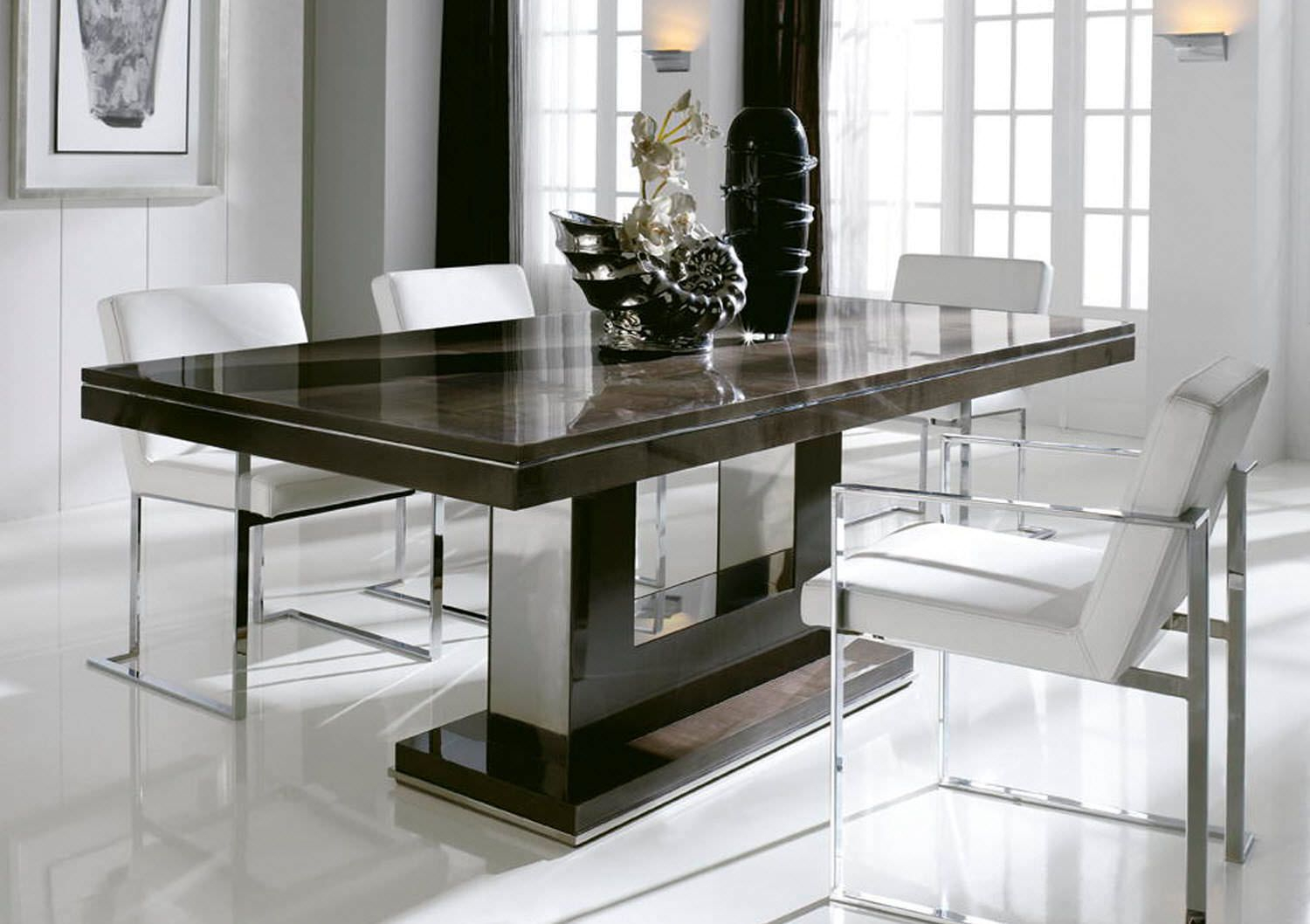The classic and timeless look of a plain white wall can add a sense of brightness and cleanliness to any living room. This simple yet versatile backdrop allows for endless possibilities when it comes to decorating and can easily be changed up to suit different styles and moods. One of the main benefits of a plain white wall in the living room is its ability to make the space feel larger and more open. This is especially useful in smaller living rooms, as the white color reflects light and creates the illusion of a bigger space. It also serves as a blank canvas for other decorative elements to stand out. White is a color that goes well with almost any other color, making it easy to incorporate different accents and furniture into the room without clashing. It also gives off a clean and minimalist vibe, perfect for those who prefer a simple and clutter-free living space. When it comes to decorating a plain white wall, the possibilities are endless. You can hang up colorful artwork, add shelves or floating shelves to display your favorite items, or even use temporary wall decals for a fun and easy way to add some personality to the room. Pro tip: If you want to add some warmth and texture to a white wall, consider using different shades of white or off-white paint with a matte or glossy finish. This will create a subtle yet visually interesting effect.Plain white wall in living room
A plain beige wall in the living room exudes a sense of warmth and coziness. This neutral color is perfect for creating a welcoming and inviting atmosphere, making it a popular choice for many homeowners. Beige is a versatile color that can easily be dressed up or down with different furniture and decor. It pairs well with natural materials such as wood and rattan, giving the room a relaxed and organic feel. It also works well with bold and vibrant colors, creating a striking contrast against the beige backdrop. For a more sophisticated and elegant look, consider using different shades of beige or adding texture to the wall with a faux finish or wallpaper. This will add a touch of luxury and depth to the living room. Another benefit of a plain beige wall is its ability to hide imperfections and dirt, making it a practical choice for high-traffic areas such as the living room. It also reflects light and can help brighten up the room, especially if it lacks natural light.Plain beige wall in living room
If you want a plain wall that is not too stark like white or too warm like beige, then a plain neutral wall is the perfect choice. Neutral colors such as gray, taupe, and greige offer a subtle and calming backdrop for any living room. The beauty of a neutral wall is its versatility. It can be easily paired with different color schemes and decor styles, making it a popular choice for those who like to change up their living room's look from time to time. It also allows for the furniture and accent pieces to take center stage. To add some interest and depth to a plain neutral wall, consider using different shades and textures. You can also incorporate different materials such as stone or brick to create a focal point in the room. Pro tip: Neutral walls work well with both warm and cool color palettes, so don't be afraid to mix and match different shades to create a unique and cohesive look.Plain neutral wall in living room
For those who want to add some visual interest and depth to their living room, a plain textured wall is a perfect choice. Textured walls can add a touch of personality and character to a room, making it stand out from the rest of the house. There are many ways to add texture to a wall, such as using textured paint, wallpaper, or even stone or brick panels. These options can range from subtle to bold, allowing you to choose the level of texture that suits your style and taste. A textured wall can also help absorb sound and create a more intimate and cozy atmosphere in the living room. It can also add a sense of warmth and coziness, especially if you opt for natural materials such as wood or stone. When decorating a plain textured wall, keep in mind that less is more. Let the texture speak for itself and avoid overcrowding the wall with too many decorative elements. A few carefully chosen pieces will have a bigger impact and create a more cohesive look.Plain textured wall in living room
If you want to add a pop of color to your living room, a plain painted wall is the way to go. Painting a wall is a simple and cost-effective way to update and refresh the room's look, and there are endless color options to choose from. When choosing a color for a painted wall, consider the overall color scheme of the room and the mood you want to create. Warm colors such as red, orange, and yellow can add energy and warmth, while cool colors such as blue, green, and purple can create a calming and serene atmosphere. You can also use different painting techniques such as ombre or color blocking to add some visual interest and create a unique look. Don't be afraid to experiment and have fun with color! Pro tip: If you're feeling adventurous, consider painting a statement wall in a bold and vibrant color to add a focal point and create a wow factor in the living room.Plain painted wall in living room
A plain brick wall in the living room can add a rustic and industrial touch to the space. This type of wall is perfect for creating a cozy and inviting atmosphere, and it can also serve as a statement piece in the room. Exposed brick walls are versatile and can work well with different decor styles, from farmhouse to modern. They can also be painted over with white or neutral colors for a more subtle and understated look. One of the main benefits of a brick wall is its ability to add texture and warmth to a room. It can also serve as a backdrop for different types of decor, such as shelves or artwork, without overpowering the space. Pro tip: To add some interest and contrast to a plain brick wall, consider incorporating different elements such as wood or metal. This will create a visually interesting and well-balanced look.Plain brick wall in living room
If you want to add pattern and color to your living room without committing to painting the walls, a plain wallpapered wall is a great solution. Wallpaper comes in a variety of designs and textures, making it easy to find one that suits your style and taste. When choosing a wallpaper for a wallpapered wall, consider the size of the room and the amount of natural light it receives. Light colors and small patterns work well in smaller rooms, while dark colors and large patterns can make a statement in larger rooms. You can also use wallpaper to create a feature or accent wall in the living room. This adds interest and depth to the space without overwhelming it. Just be sure to choose a wallpaper that complements the rest of the room's decor. Pro tip: Wallpaper doesn't have to be limited to just walls. You can also use it to line the back of shelves or cabinets, or even as a backdrop for artwork.Plain wallpapered wall in living room
An accent wall is a great way to add some drama and personality to a living room. This type of wall stands out from the rest of the room's walls and usually features a bold color, pattern, or texture. An accent wall can serve as a focal point in the room, drawing the eye and creating a sense of balance. It can also highlight a specific area or piece of furniture, such as a fireplace or sofa. When choosing which wall to make an accent wall, consider the room's layout and the flow of traffic. You want to choose a wall that will make sense and not look out of place. You can also use the wall behind the TV as an accent wall to draw attention away from the TV and make it less of a focal point. Pro tip: An accent wall doesn't necessarily have to be a different color or pattern. You can also use different textures, such as wood or wallpaper, to create a subtle yet visually interesting effect.Plain accent wall in living room
A feature wall is a wall that serves as the main focal point in the room. It usually features a standout design, such as a mural or a large piece of artwork, and is meant to catch the viewer's attention. When creating a feature wall, think outside the box and get creative. You can use different materials such as wood, tile, or even fabric to add texture and interest to the wall. You can also incorporate lighting or other decorative elements to make the wall stand out even more. A feature wall can add a wow factor to any living room and can be easily changed or updated to suit different styles and moods. It's also a great way to showcase your personal style and add a unique touch to the space. Pro tip: When creating a feature wall, make sure it complements the rest of the room's design and doesn't clash with other decorative elements. It should enhance the room's overall look, not detract from it.Plain feature wall in living room
The Beauty of a Plain Wall in a Living Room

The Power of Simplicity
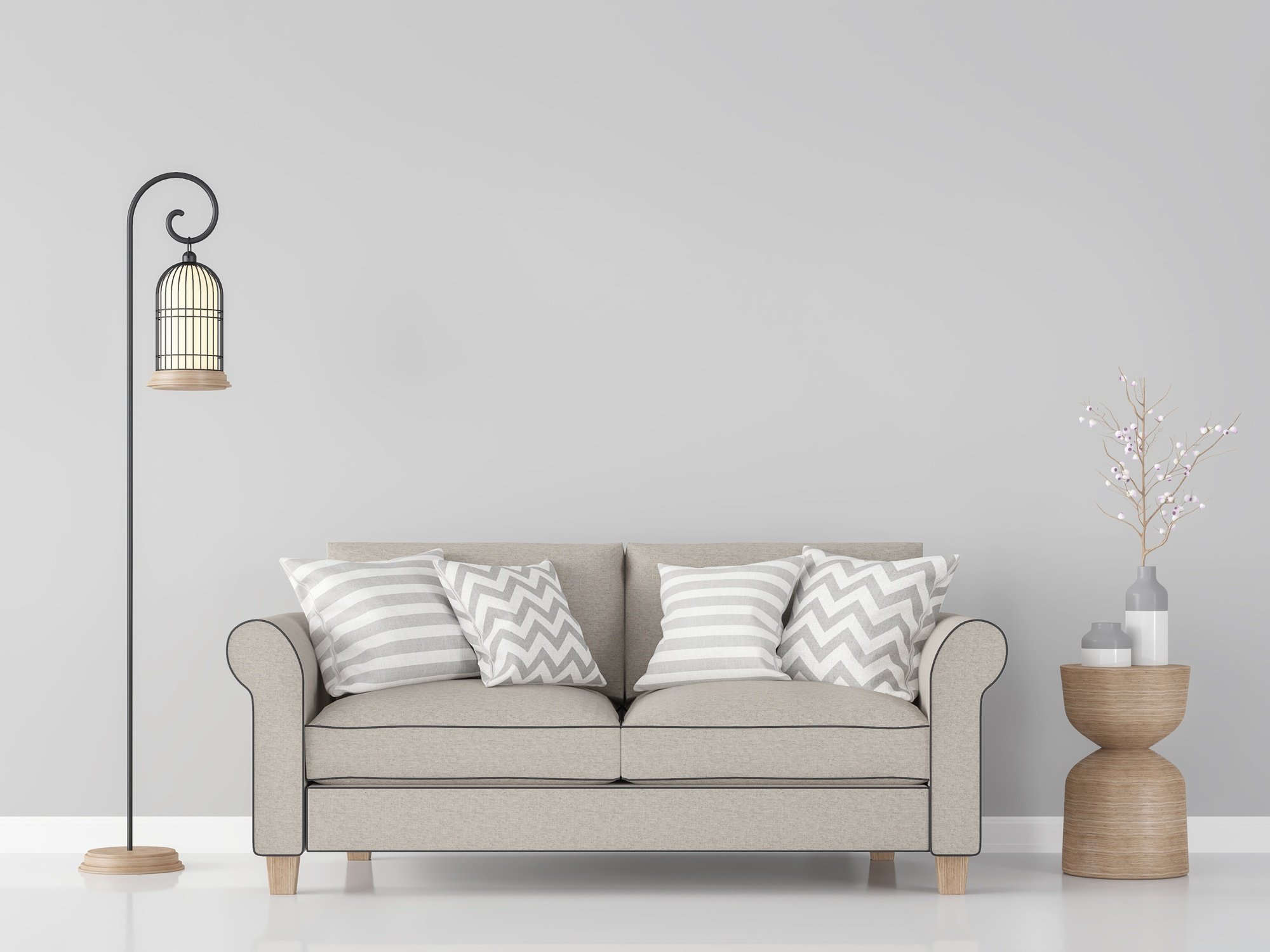 When it comes to interior design, sometimes less is more. The trend of having a plain wall in the living room has gained popularity in recent years, and for good reason. While some may see it as a lack of creativity or a missed opportunity to add color and texture, a plain wall can actually be a powerful design choice.
Plain walls
provide a clean and minimalist backdrop for the rest of the room. They create a sense of spaciousness and allow other elements, such as furniture and artwork, to stand out. In a world where we are bombarded with visual clutter, having a plain wall in the living room can be a refreshing change.
When it comes to interior design, sometimes less is more. The trend of having a plain wall in the living room has gained popularity in recent years, and for good reason. While some may see it as a lack of creativity or a missed opportunity to add color and texture, a plain wall can actually be a powerful design choice.
Plain walls
provide a clean and minimalist backdrop for the rest of the room. They create a sense of spaciousness and allow other elements, such as furniture and artwork, to stand out. In a world where we are bombarded with visual clutter, having a plain wall in the living room can be a refreshing change.
Unlimited Possibilities
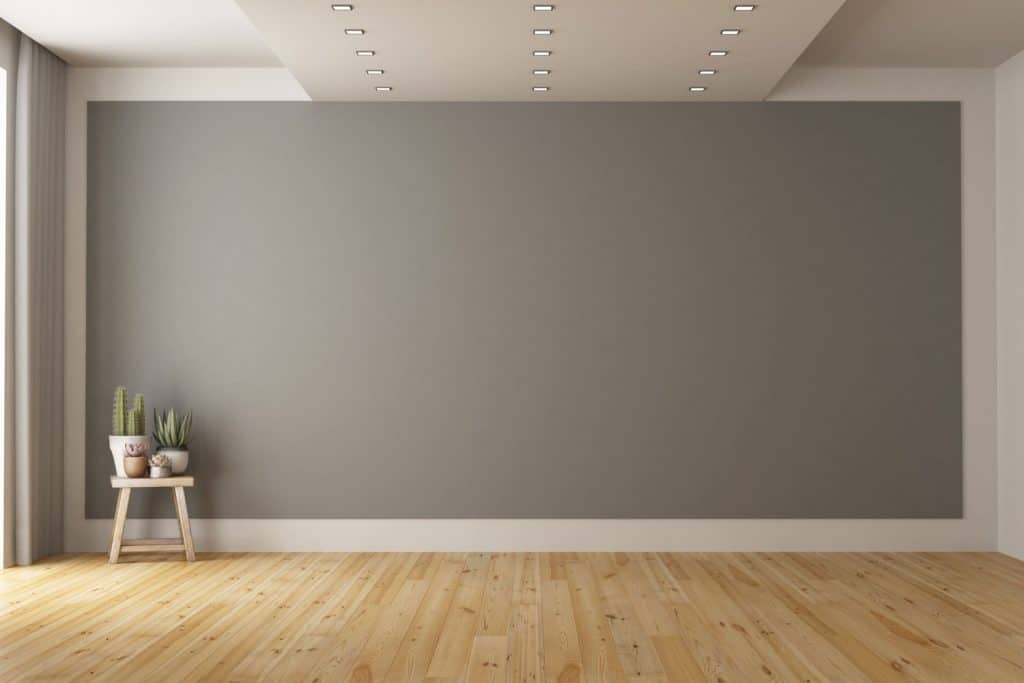 One of the main advantages of a plain wall is its versatility. It can be easily transformed to suit any design style or personal taste. Whether you prefer a modern, industrial look or a cozy, farmhouse feel, a plain wall can provide the perfect canvas for your vision.
Neutral colors
like white, beige, or light grey are popular choices for plain walls as they can easily blend in with any décor and allow for easy redecorating in the future. However, don't be afraid to be bold and choose a
bold color
for your plain wall to make a statement and add personality to your living room.
One of the main advantages of a plain wall is its versatility. It can be easily transformed to suit any design style or personal taste. Whether you prefer a modern, industrial look or a cozy, farmhouse feel, a plain wall can provide the perfect canvas for your vision.
Neutral colors
like white, beige, or light grey are popular choices for plain walls as they can easily blend in with any décor and allow for easy redecorating in the future. However, don't be afraid to be bold and choose a
bold color
for your plain wall to make a statement and add personality to your living room.
A Budget-Friendly Option
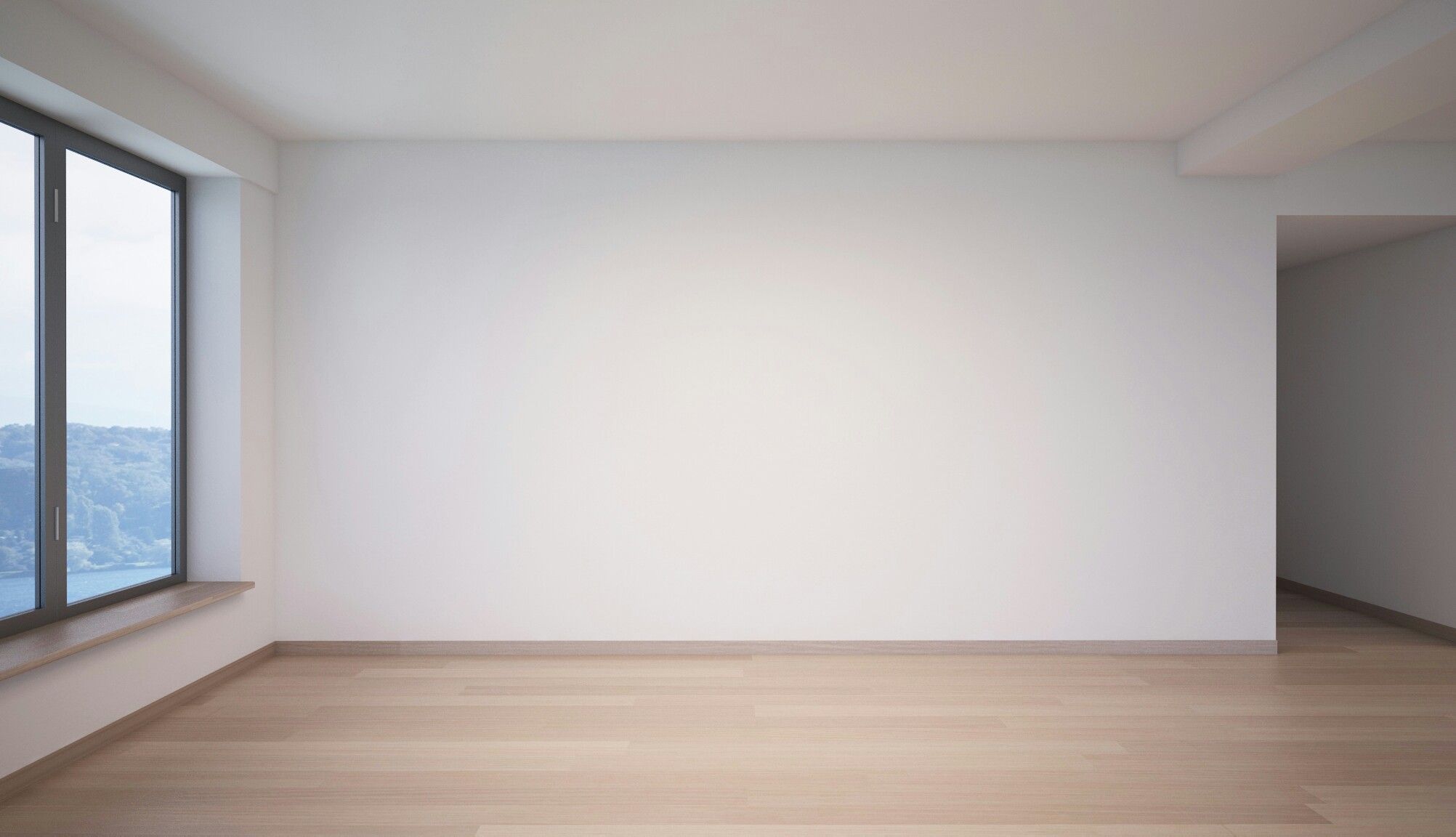 Designing a living room can be an expensive endeavor, but a plain wall can help you save some money. Instead of investing in expensive wallpaper or intricate wall art, a plain wall can achieve a similar effect at a fraction of the cost. Plus, it can be dressed up or down with different furnishings and accessories, giving you the freedom to change up your living room's look without breaking the bank.
Designing a living room can be an expensive endeavor, but a plain wall can help you save some money. Instead of investing in expensive wallpaper or intricate wall art, a plain wall can achieve a similar effect at a fraction of the cost. Plus, it can be dressed up or down with different furnishings and accessories, giving you the freedom to change up your living room's look without breaking the bank.
The Perfect Backdrop for Memories
 Lastly, a plain wall in the living room can serve as the perfect backdrop for creating memories. Hanging family photos, artwork, or a gallery wall can add a personal touch and make your living room feel like home. With a plain wall, your cherished memories will truly be the focal point of the room.
In conclusion, a plain wall in the living room may seem like a simple design choice, but it has the power to transform a space and make a statement. From its versatility and budget-friendly options to its ability to showcase personal touches, a plain wall is a design trend that is here to stay. So, embrace the beauty of simplicity and consider incorporating a plain wall into your living room design.
Lastly, a plain wall in the living room can serve as the perfect backdrop for creating memories. Hanging family photos, artwork, or a gallery wall can add a personal touch and make your living room feel like home. With a plain wall, your cherished memories will truly be the focal point of the room.
In conclusion, a plain wall in the living room may seem like a simple design choice, but it has the power to transform a space and make a statement. From its versatility and budget-friendly options to its ability to showcase personal touches, a plain wall is a design trend that is here to stay. So, embrace the beauty of simplicity and consider incorporating a plain wall into your living room design.

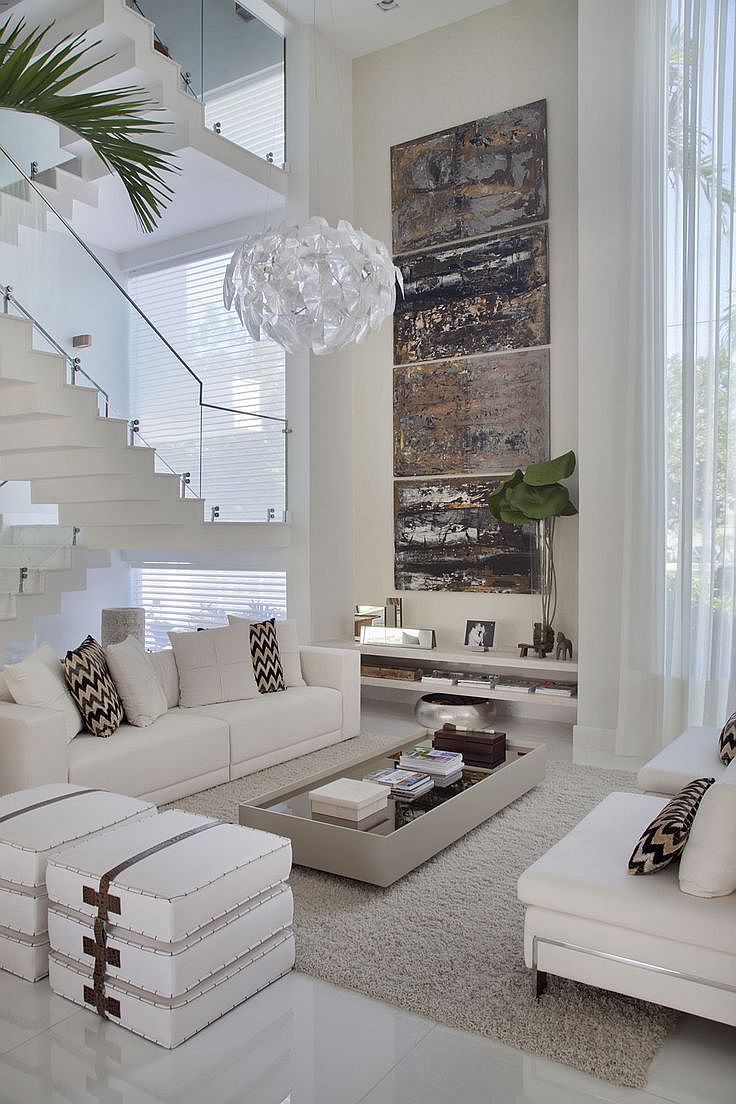


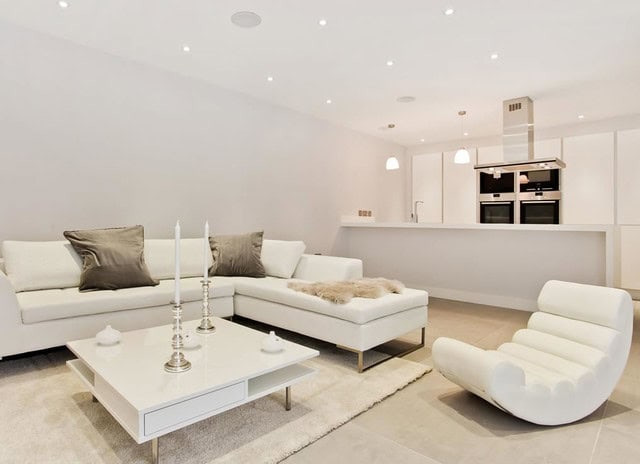
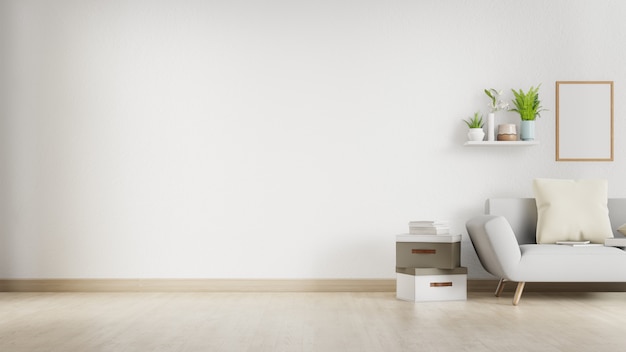


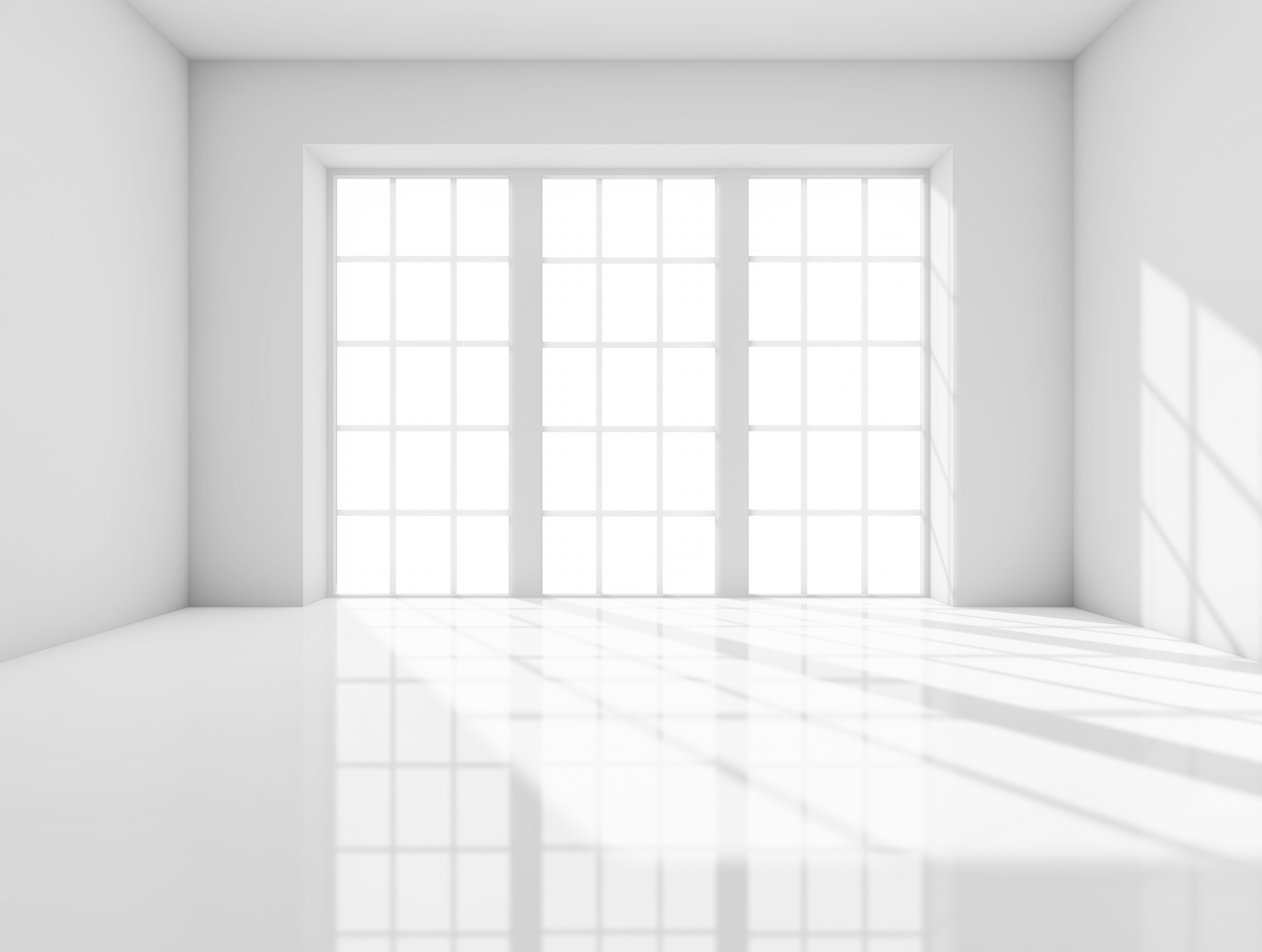





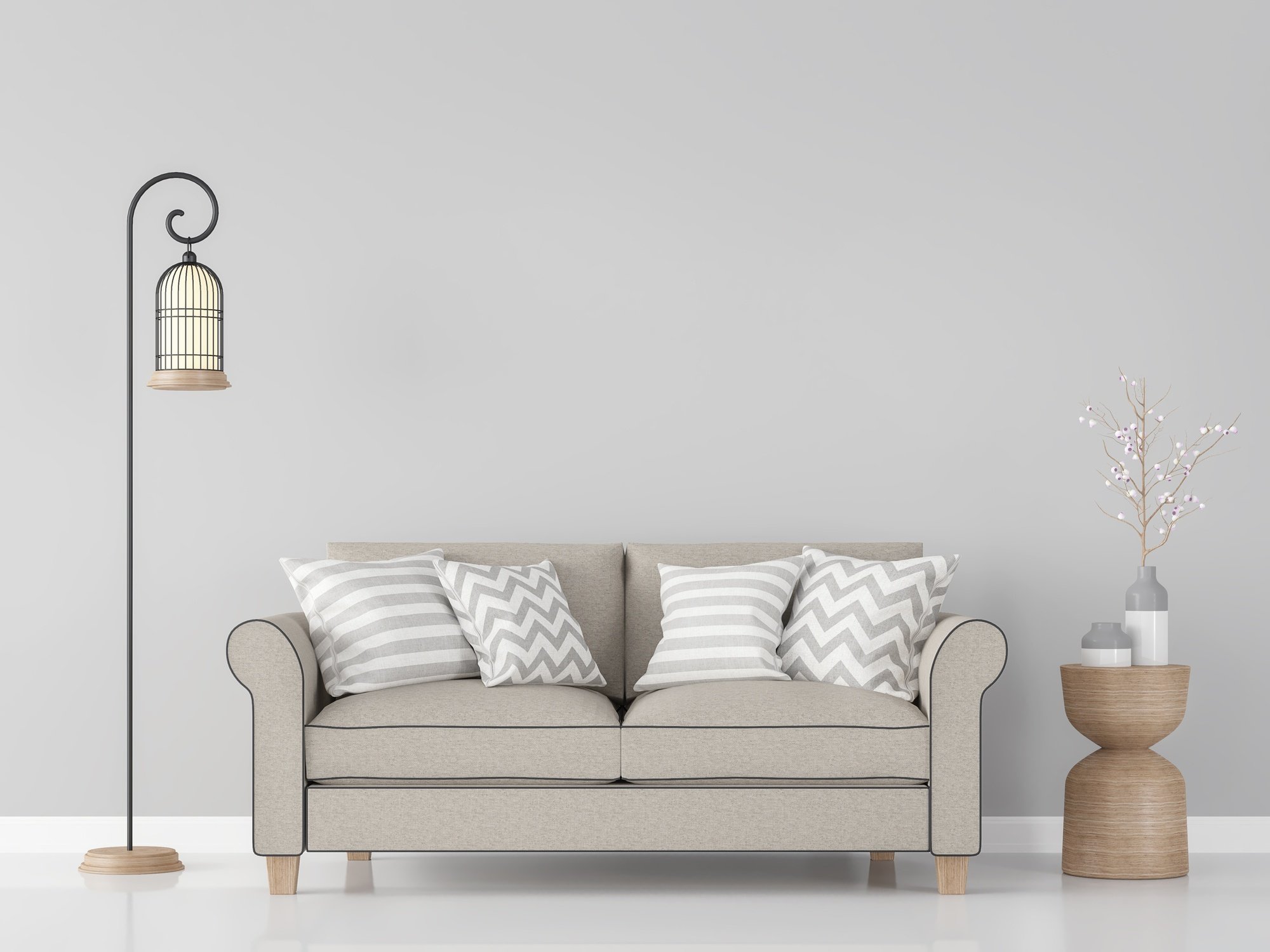


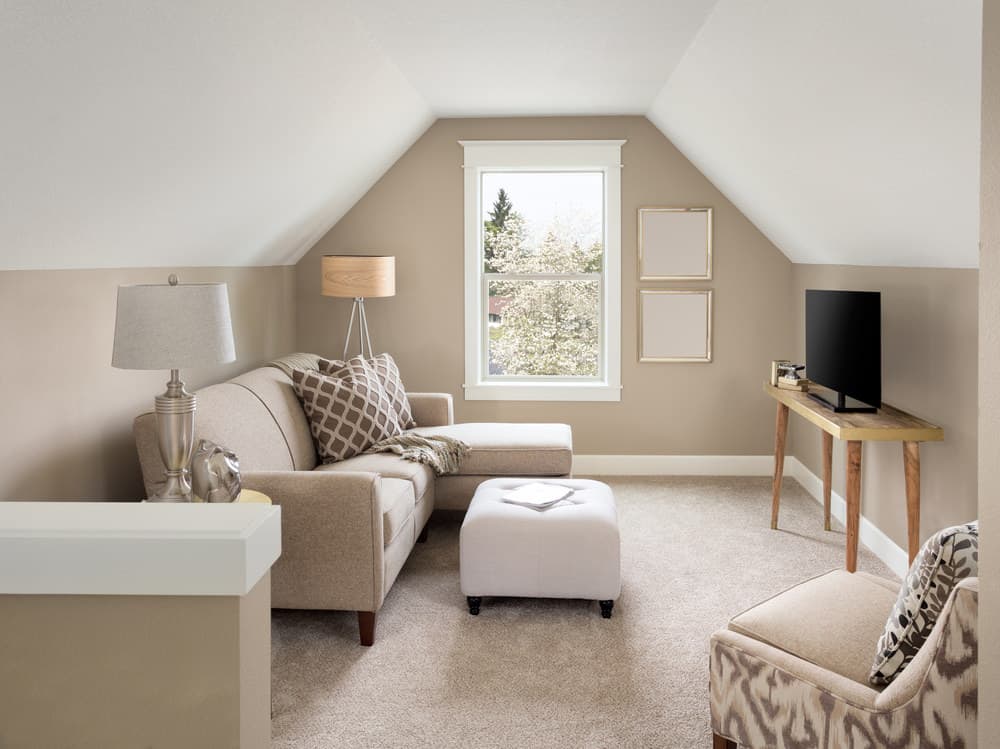

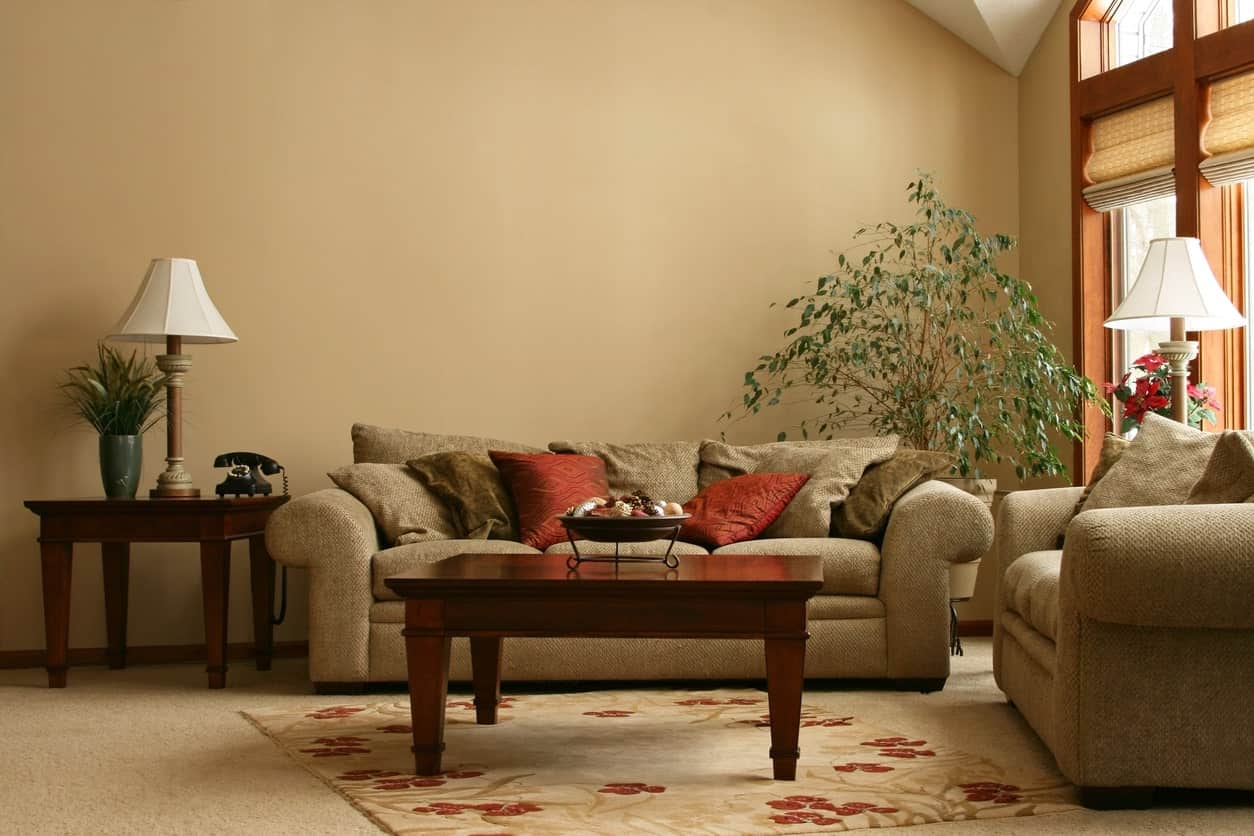




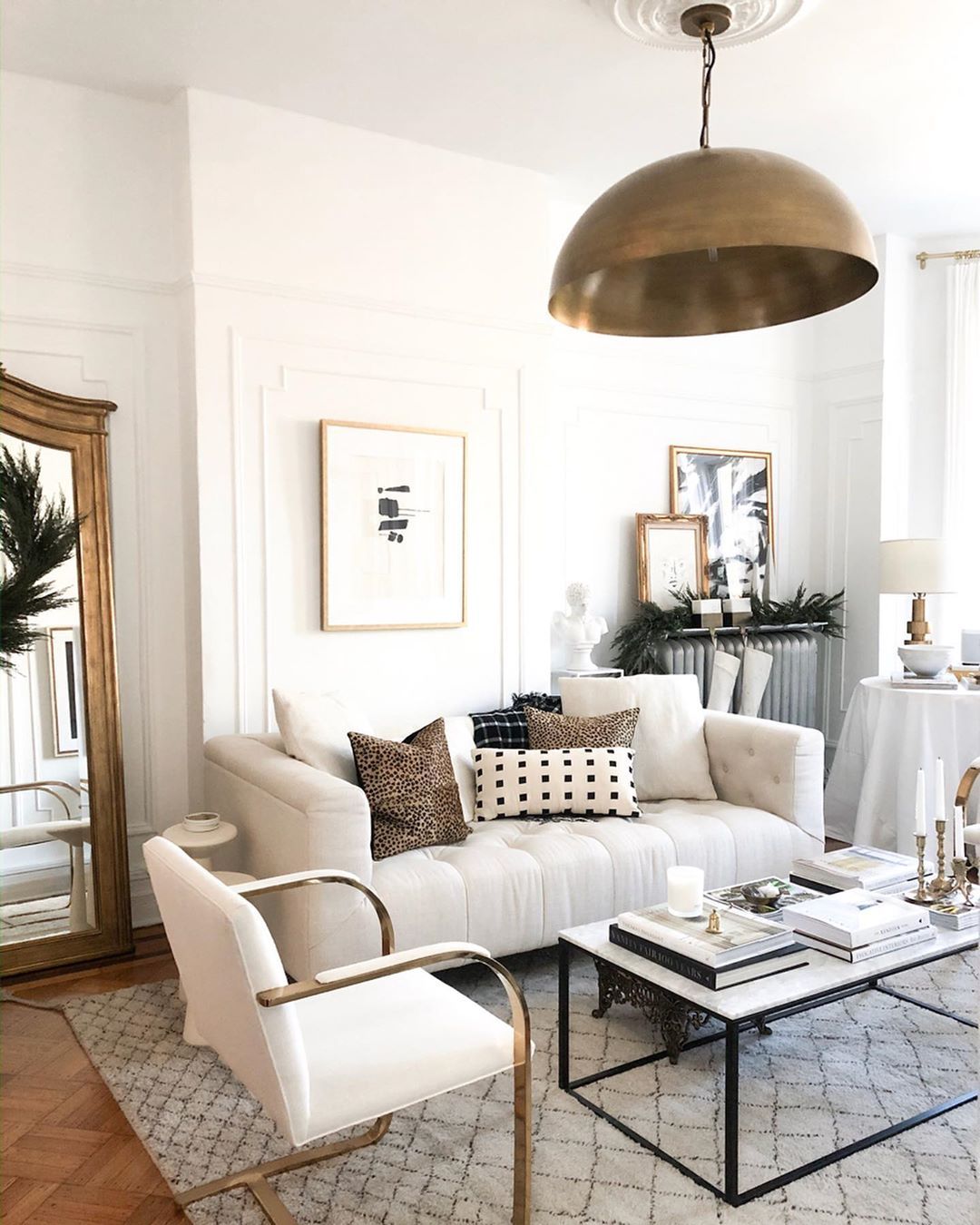



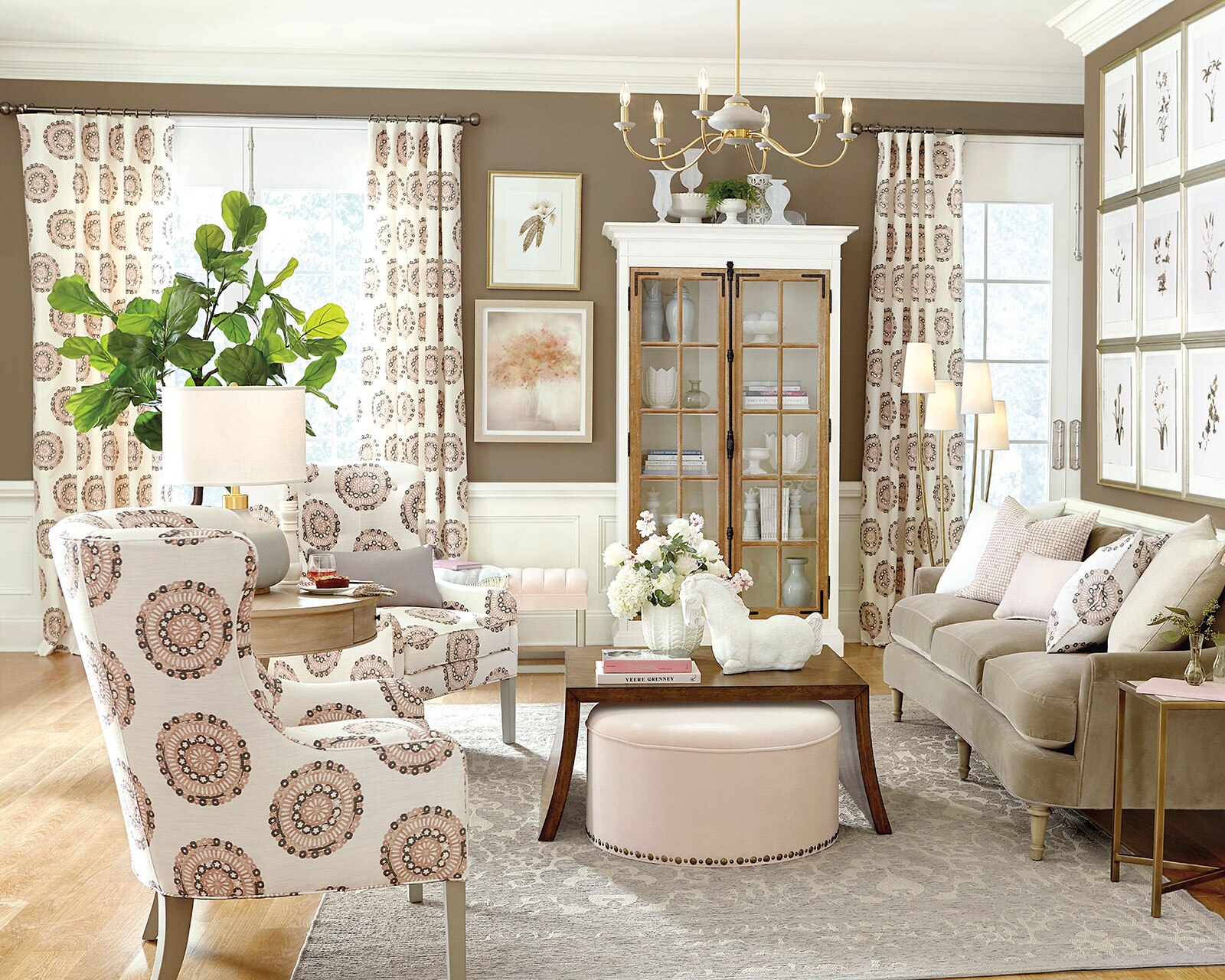
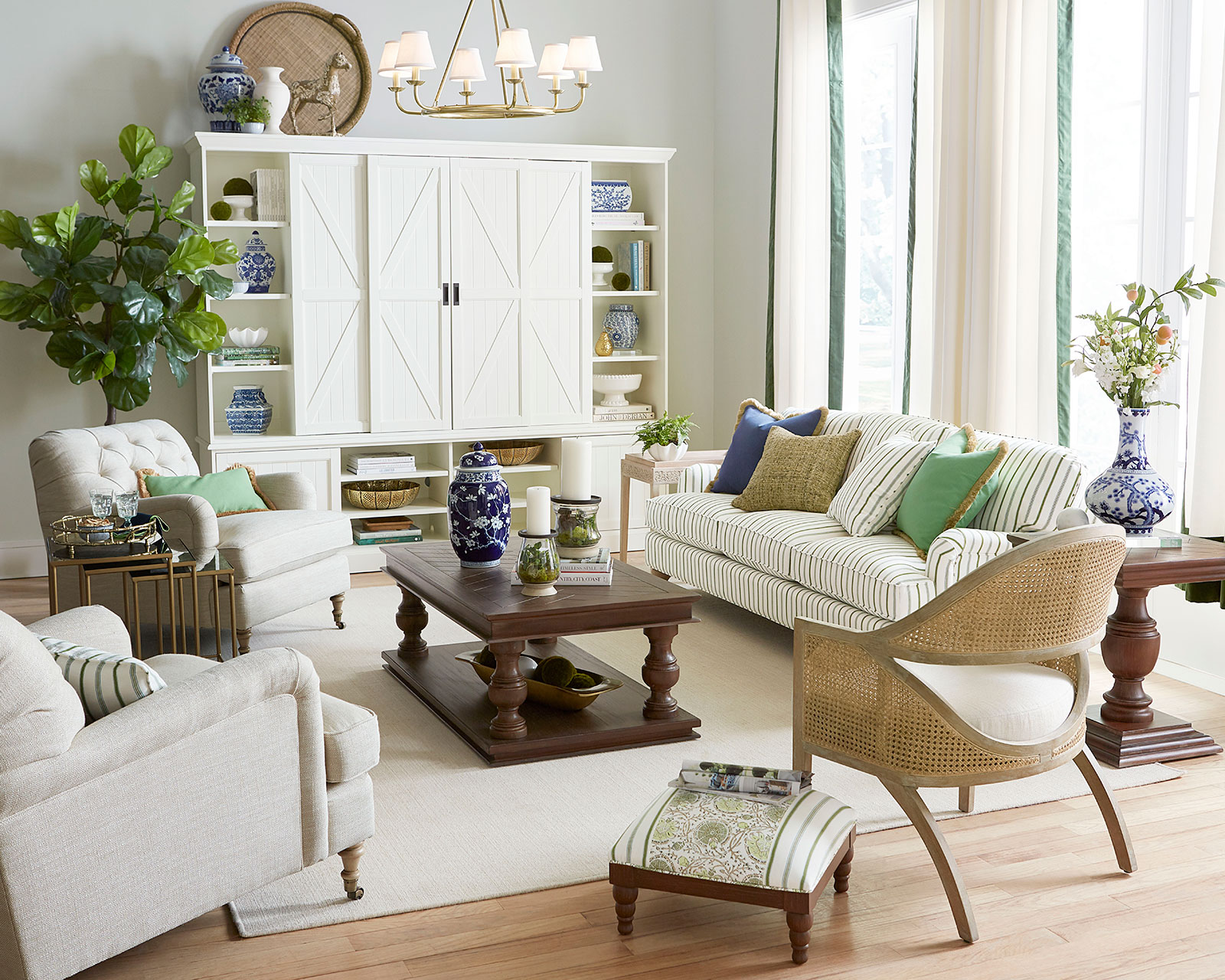
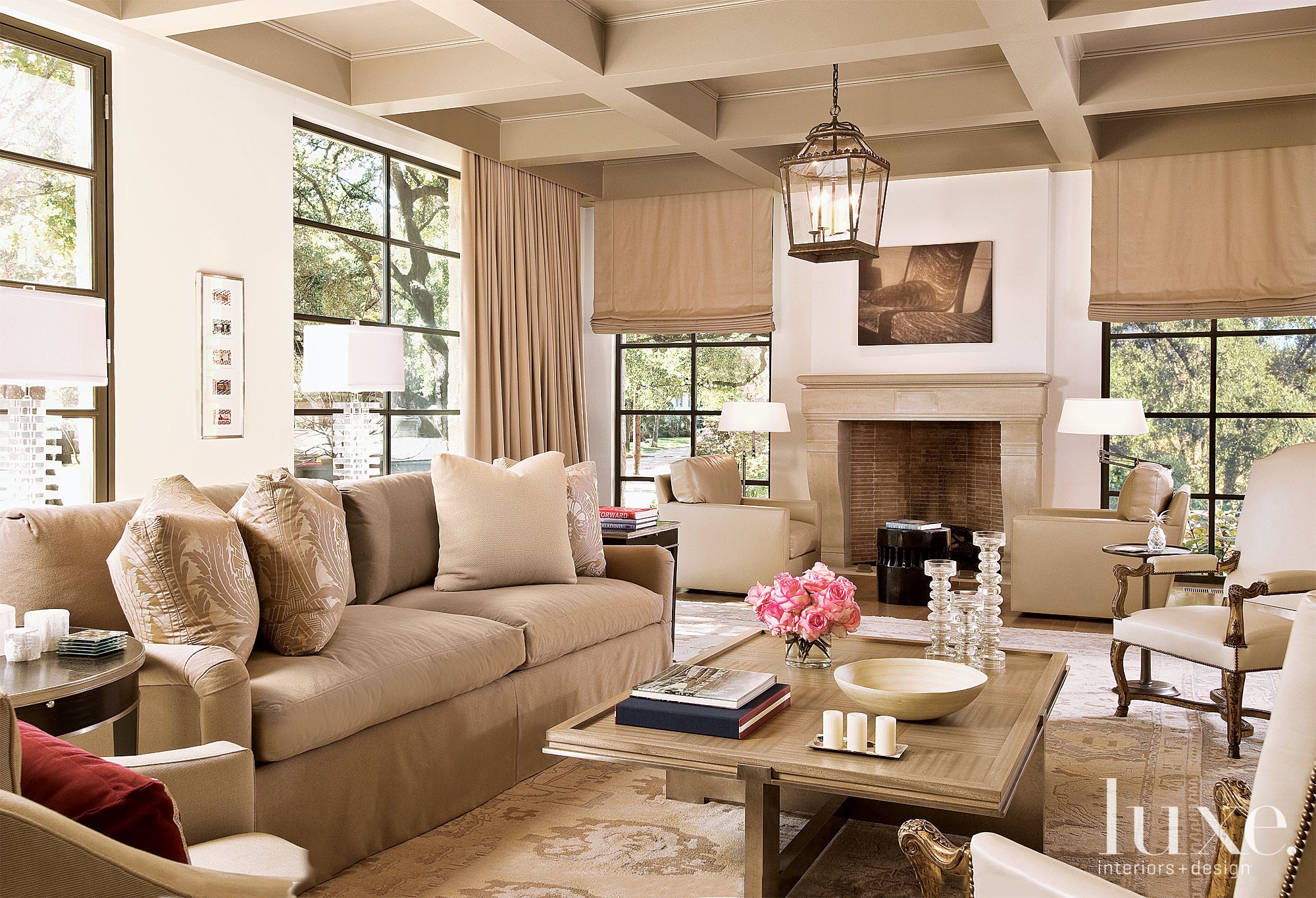


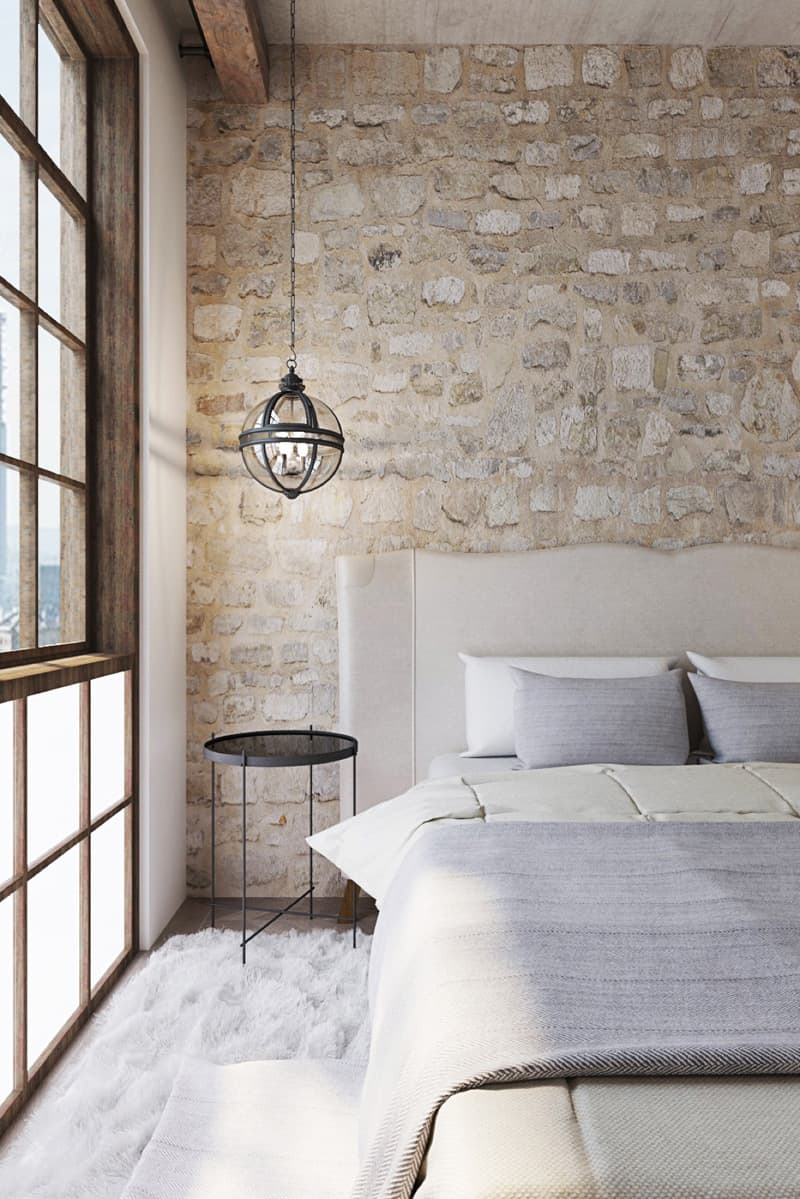


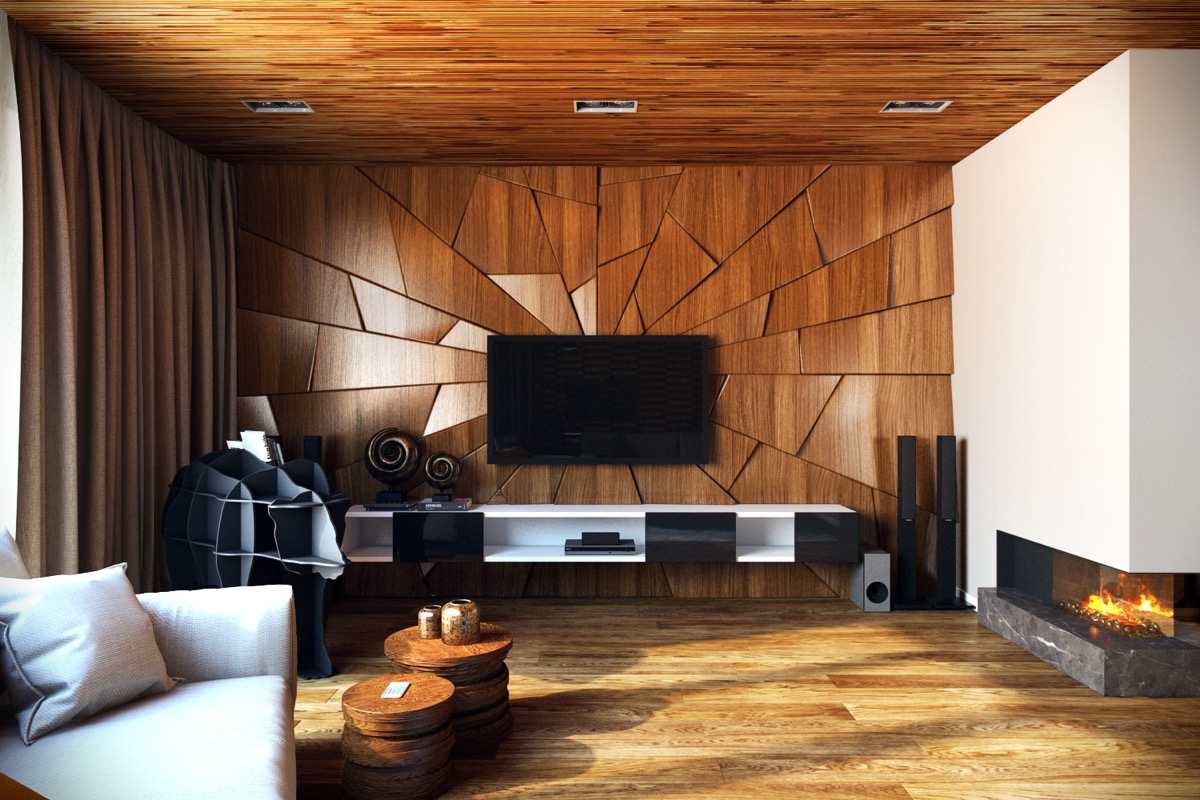
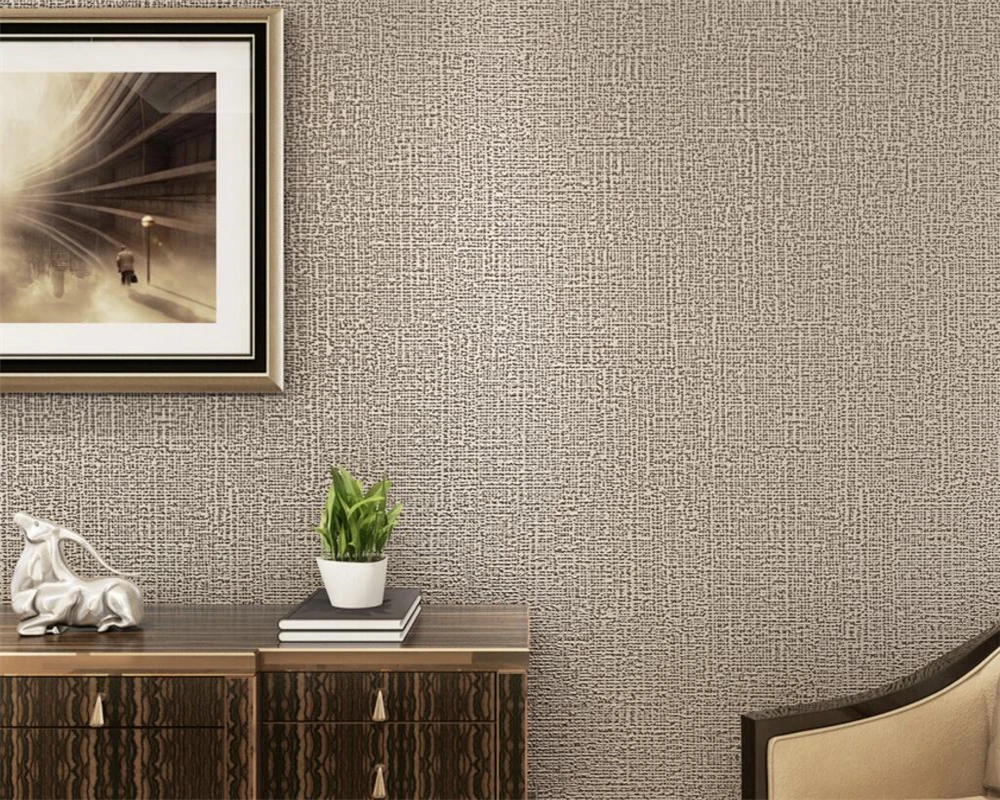





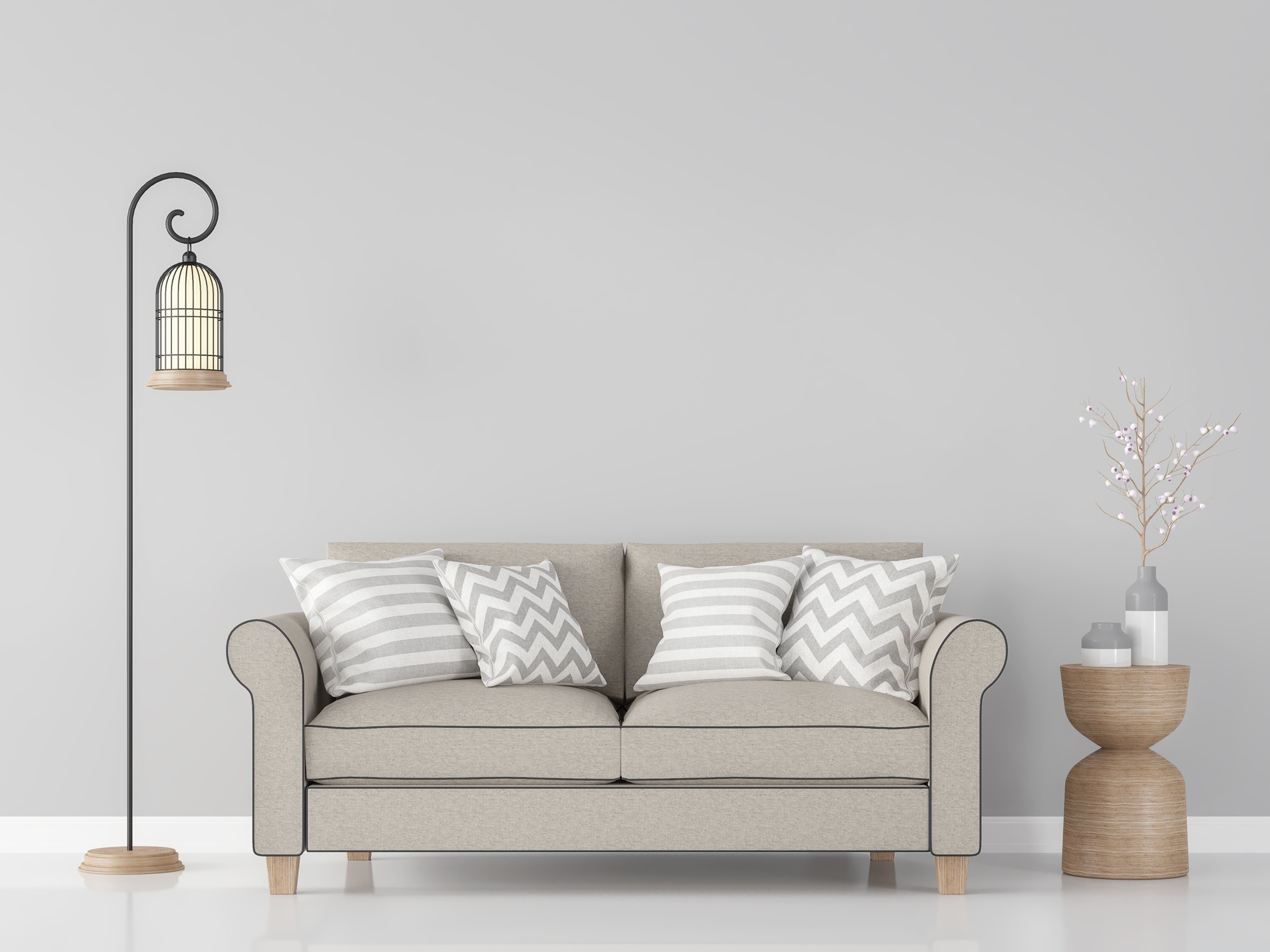
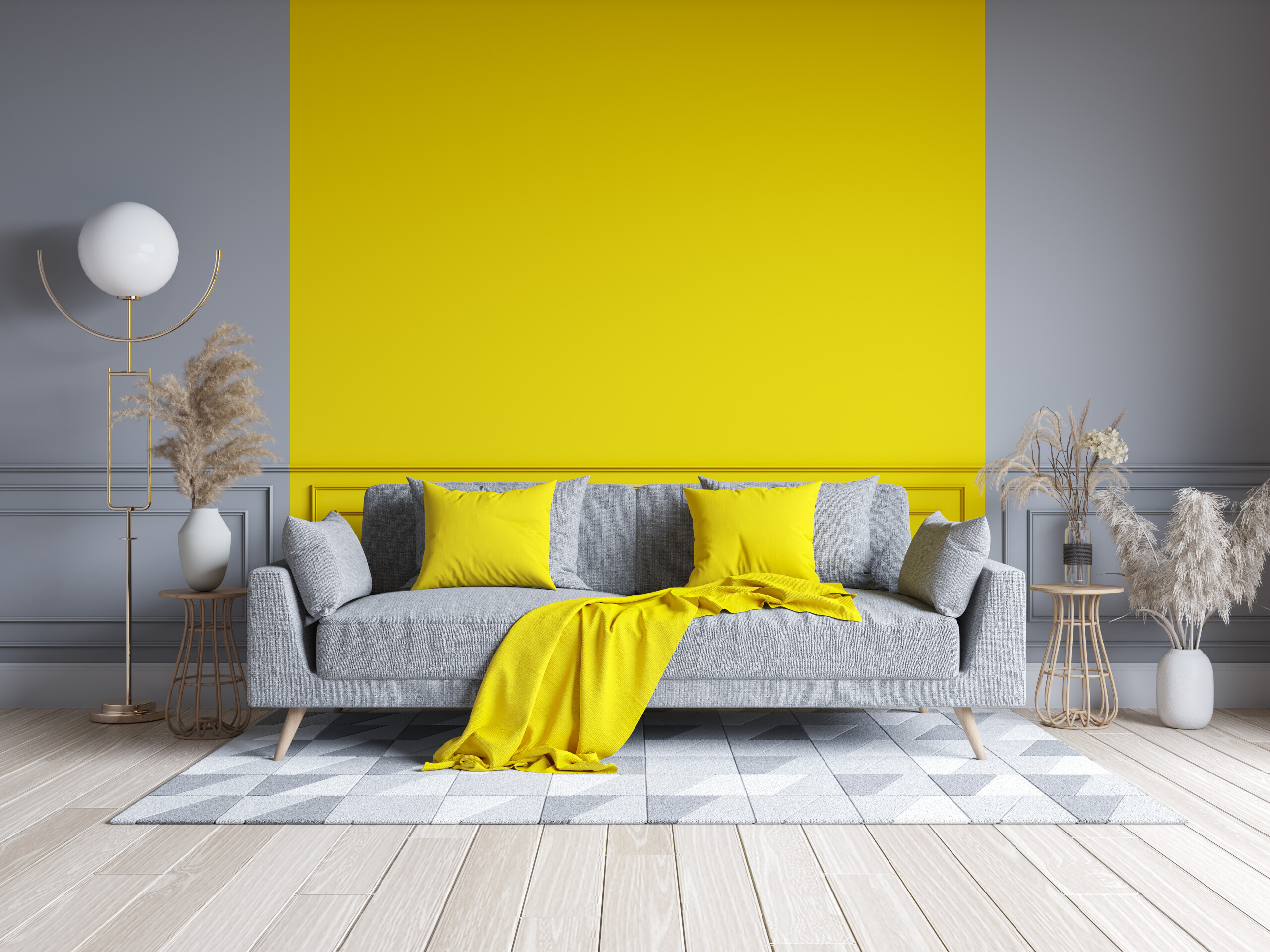


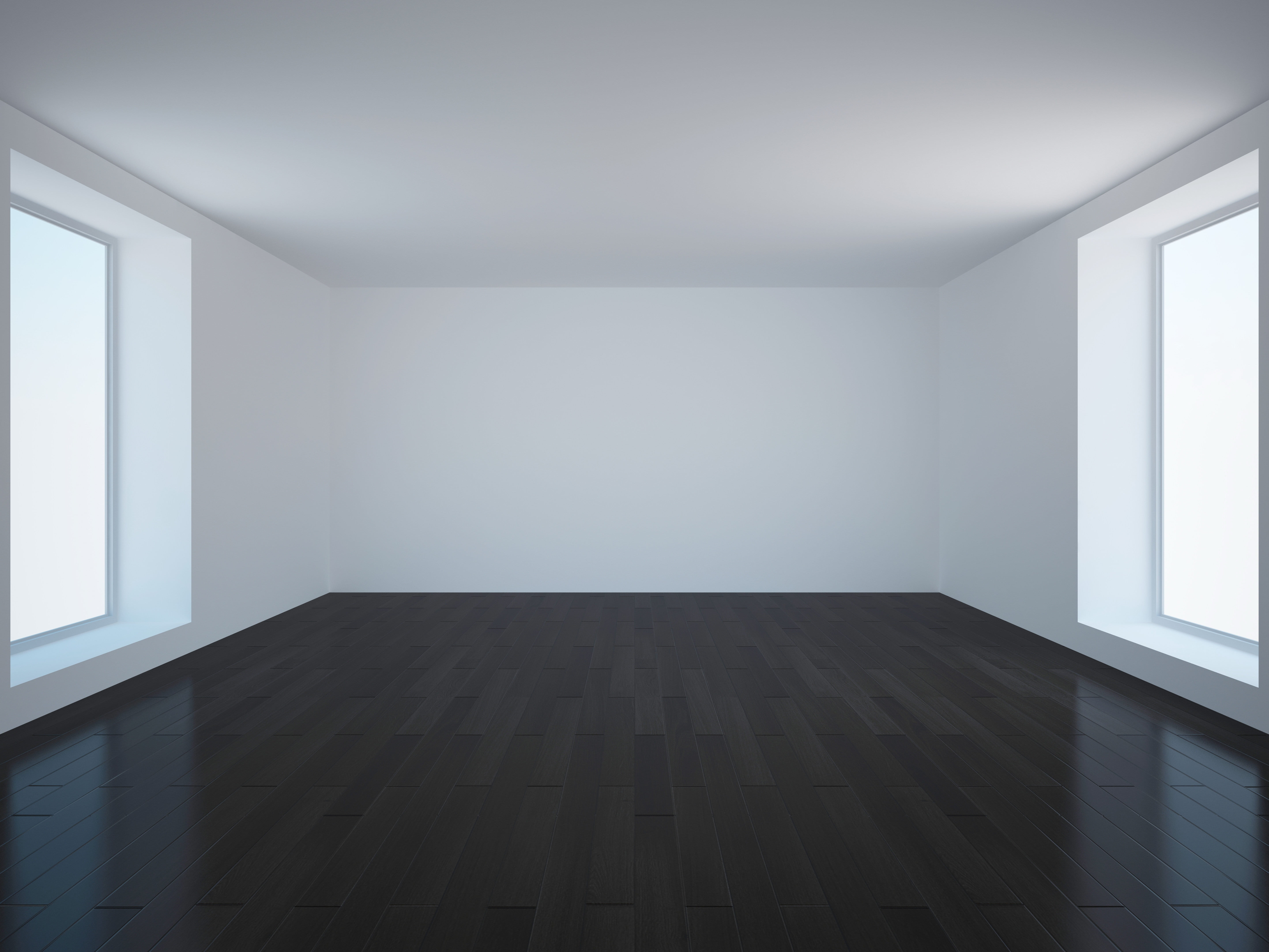


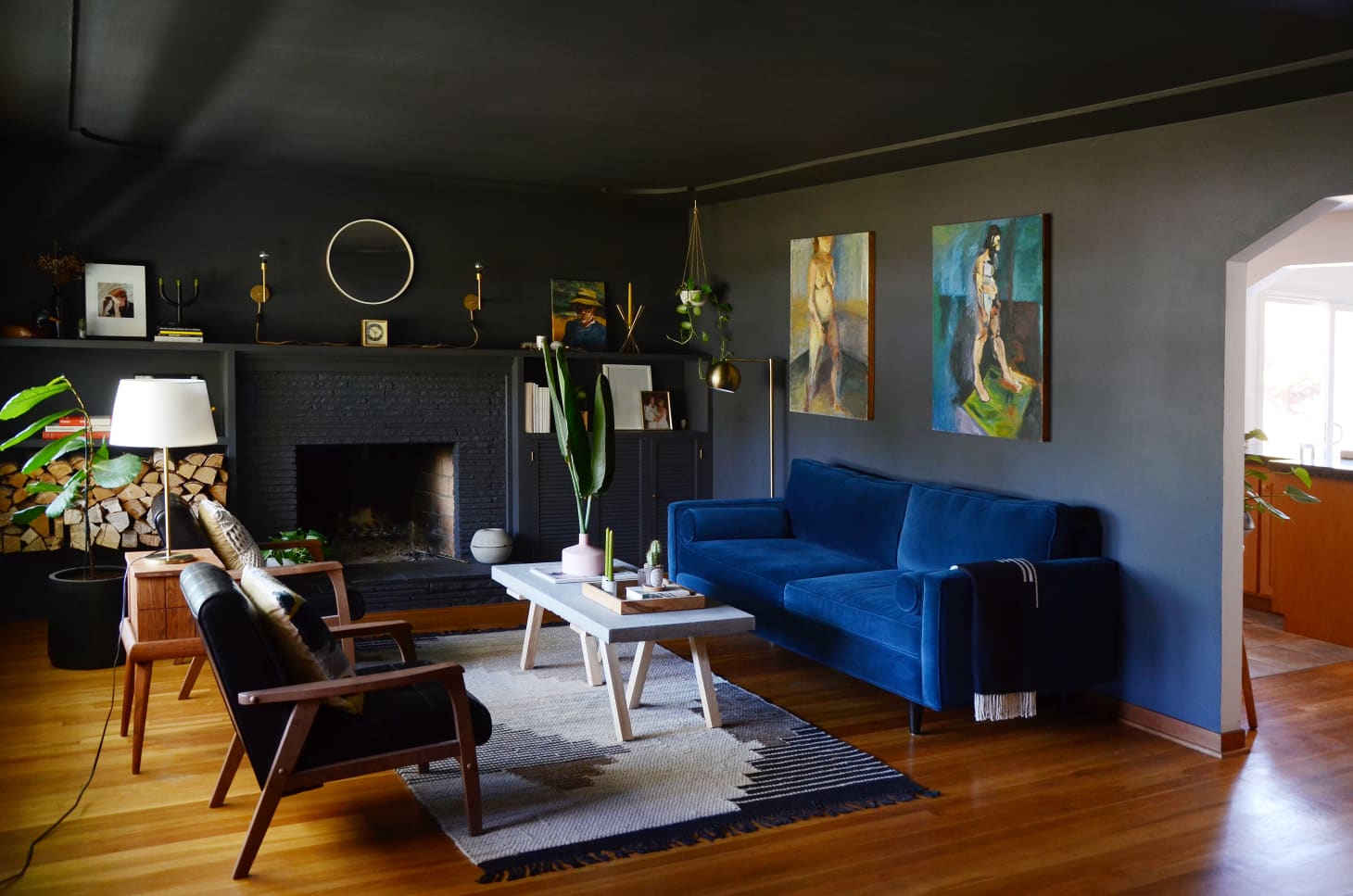
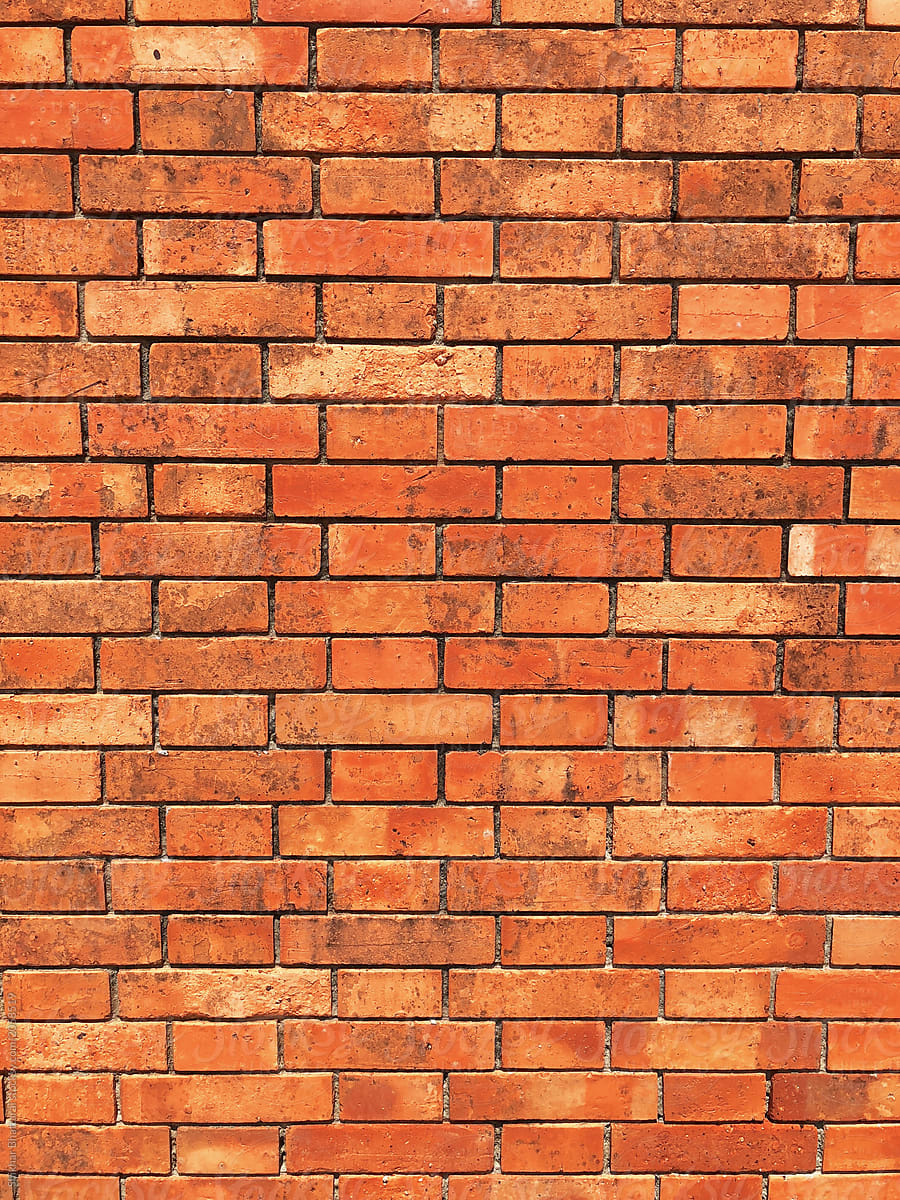



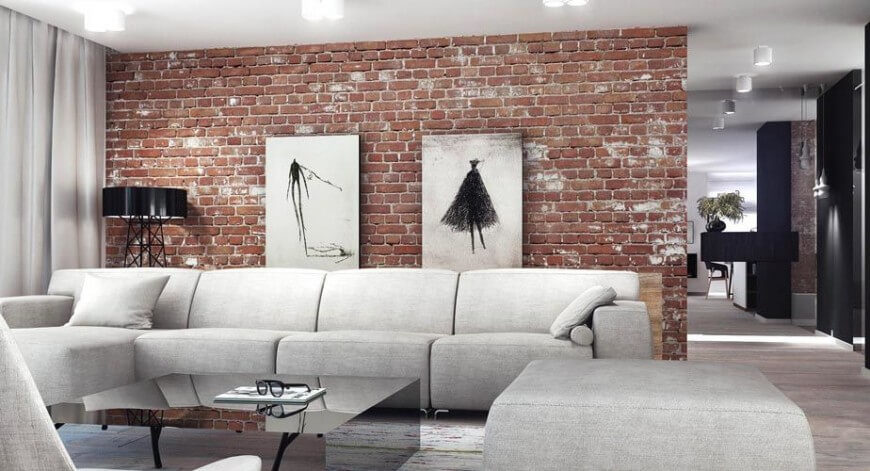
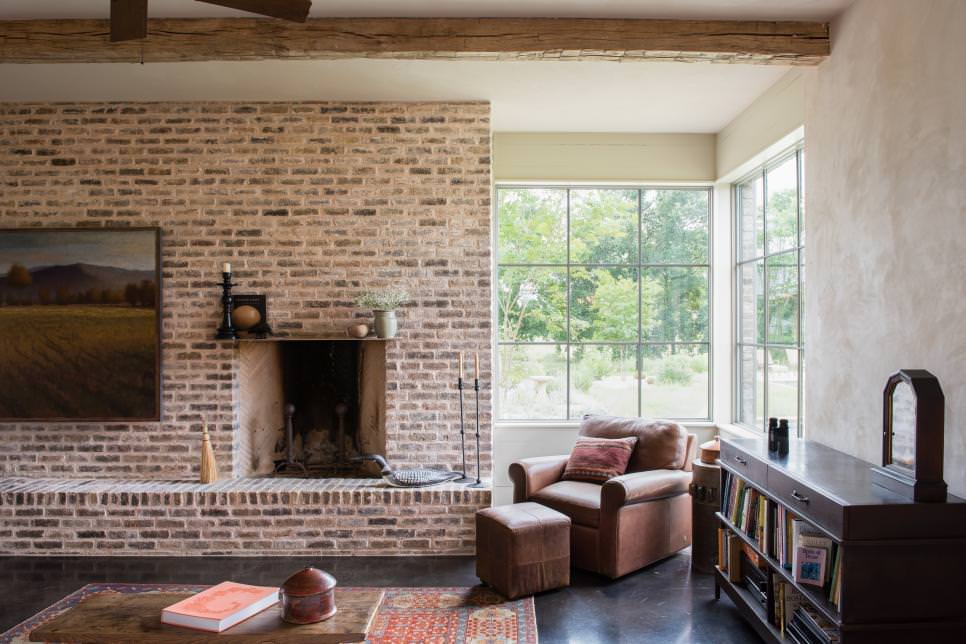








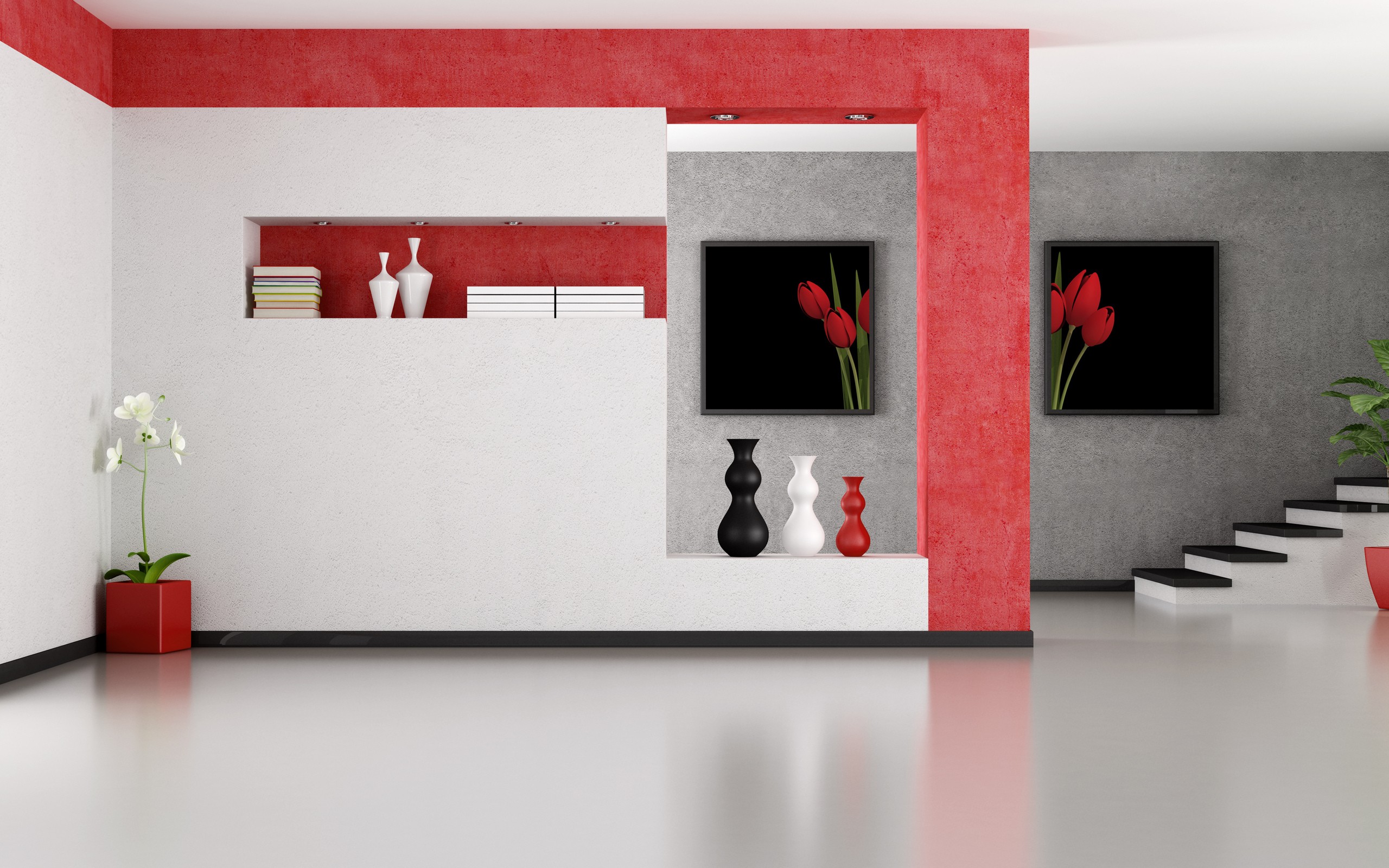


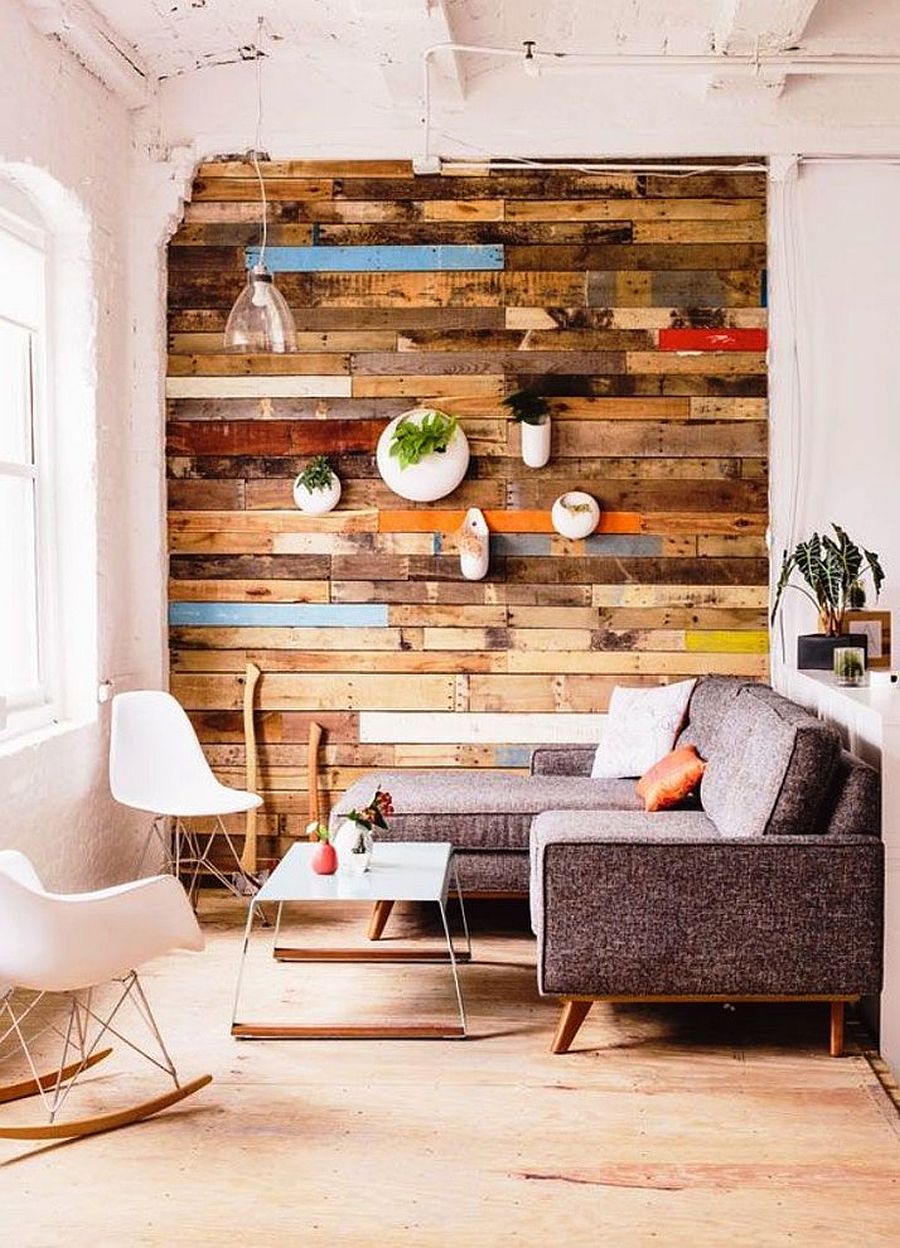


/living-room-accent-walls-4135943-03-ccb81c14f95148e884228f03811e7092.jpg)

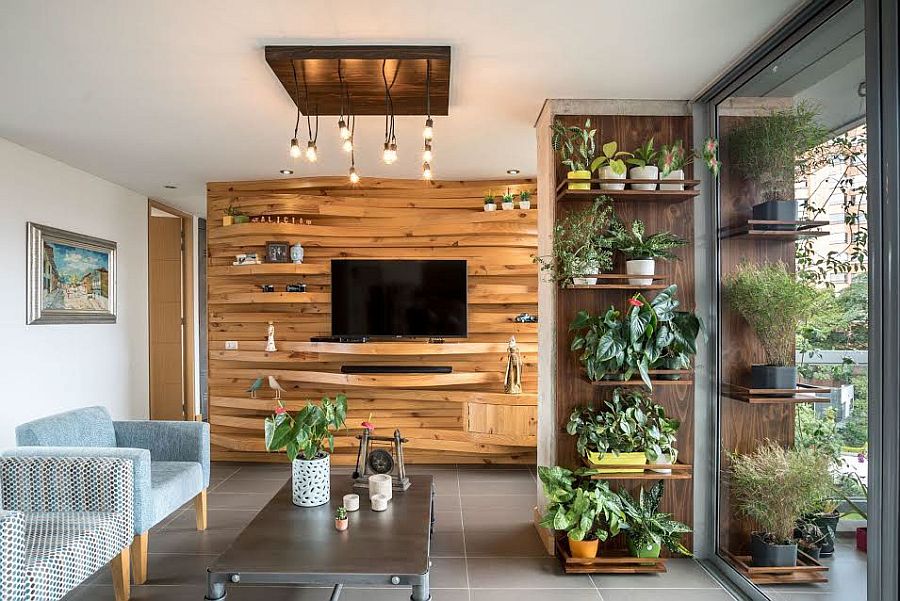
/Deep-Blue-Accent-Wall-58e42e935f9b58ef7e6e0b8b.png)
/living-room-with-orange-wall-640896866-5ab15995a18d9e0037c3a9ba.jpg)
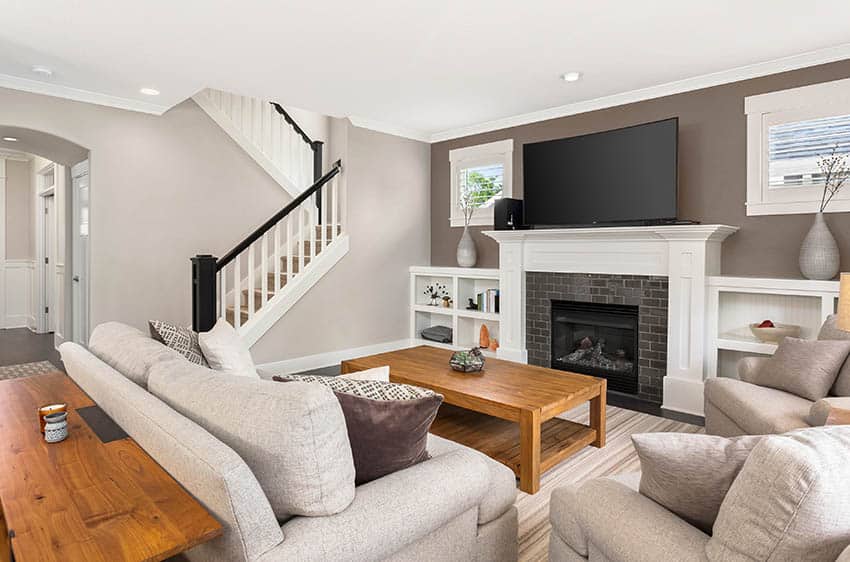
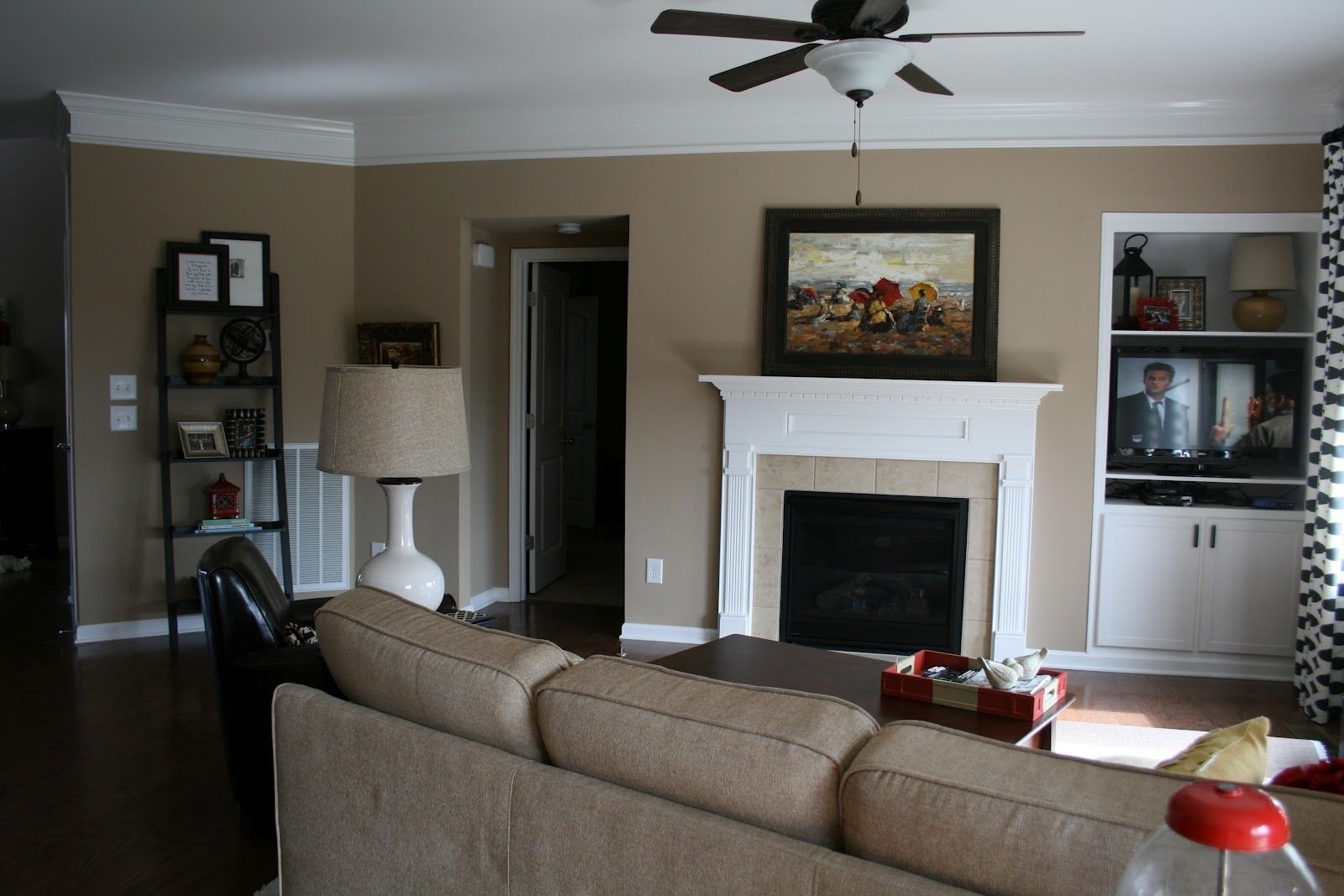



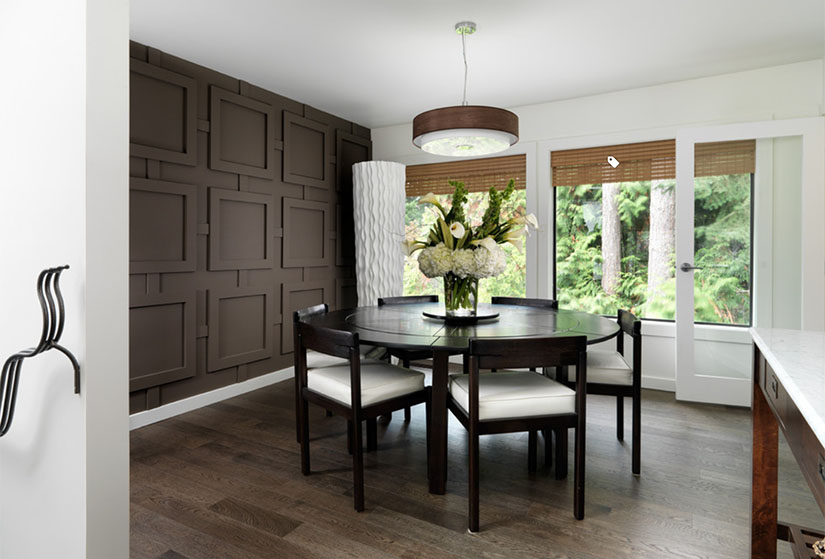
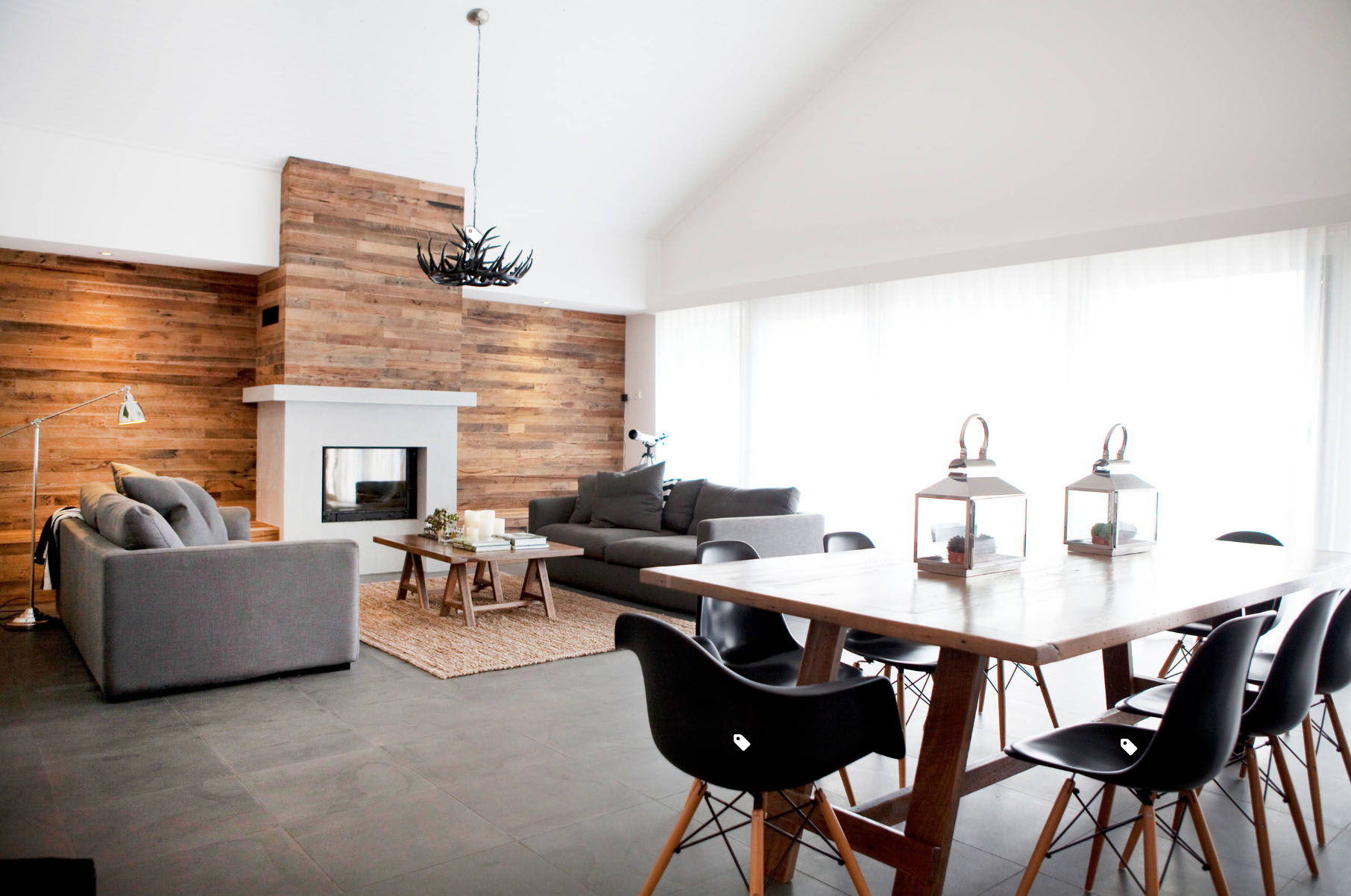

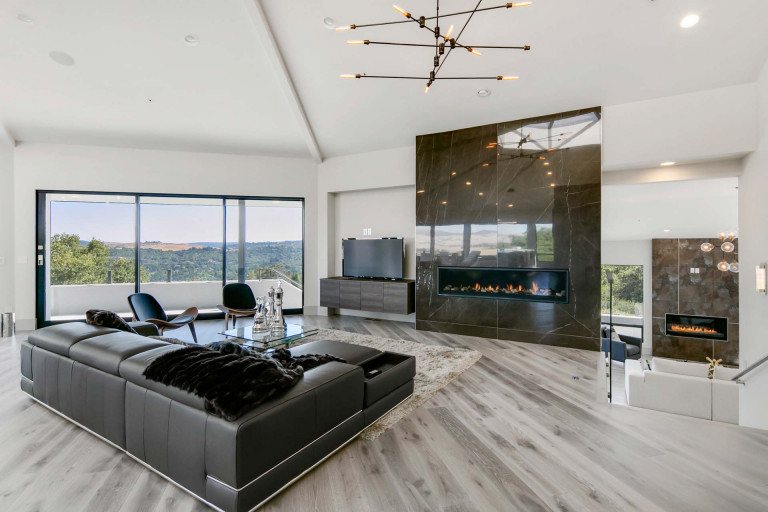


/sink-drain-trap-185105402-5797c5f13df78ceb869154b5.jpg)
